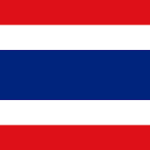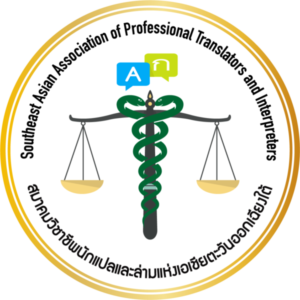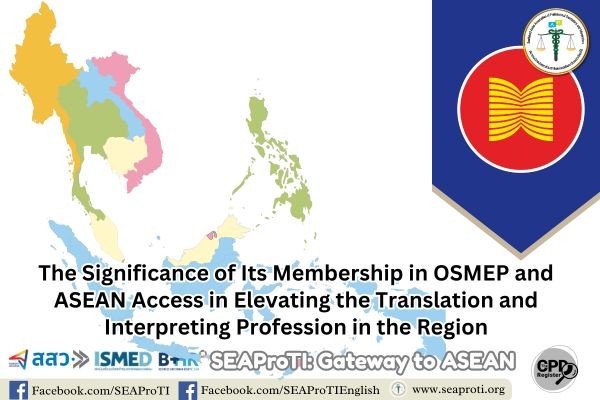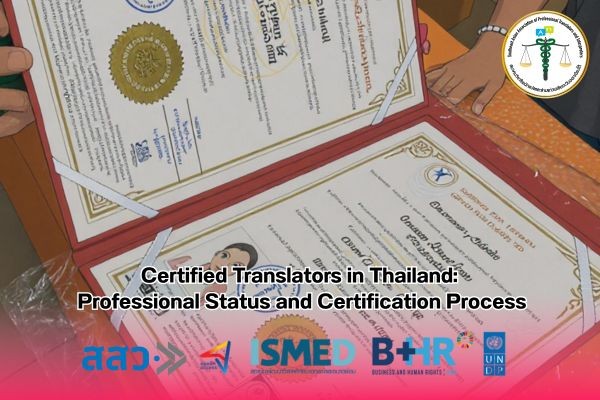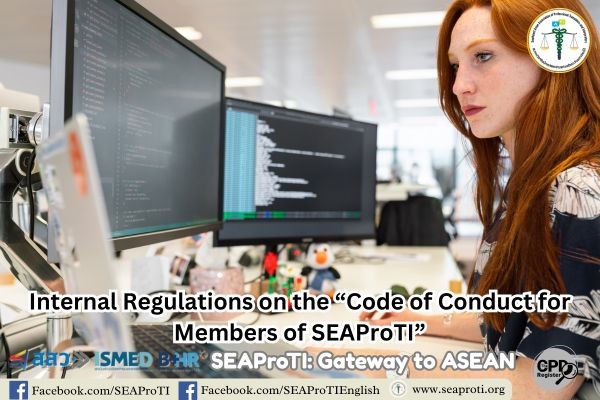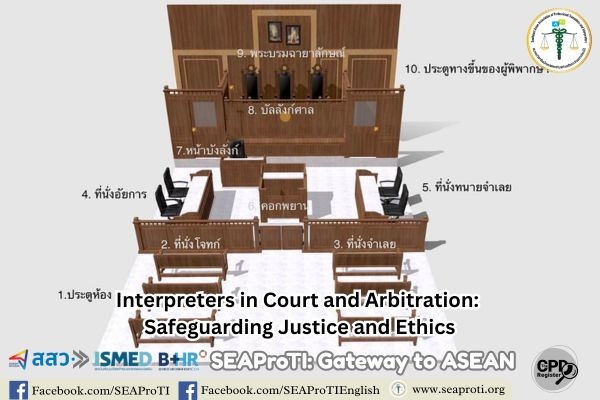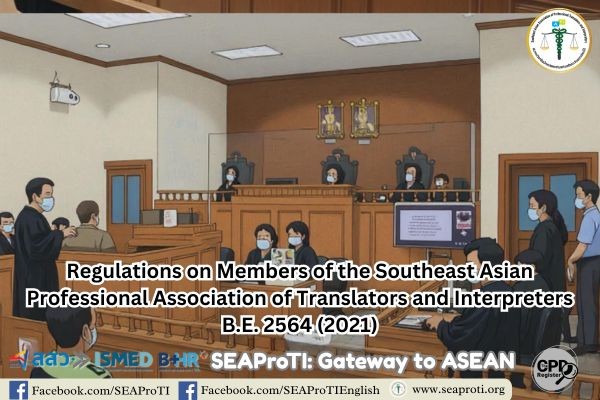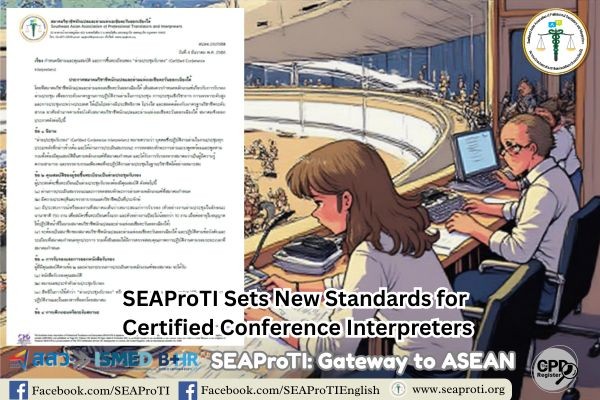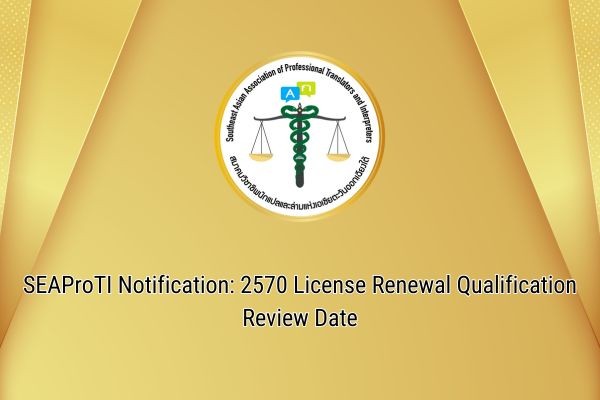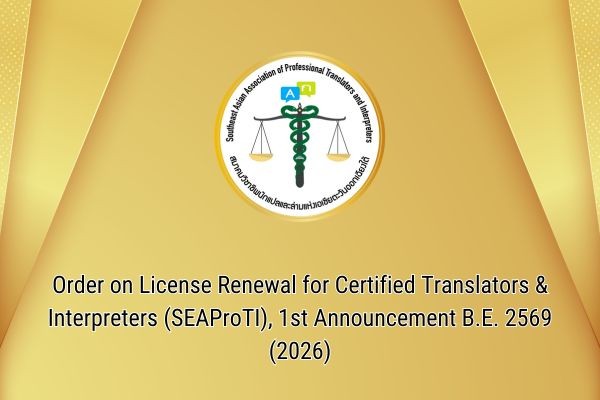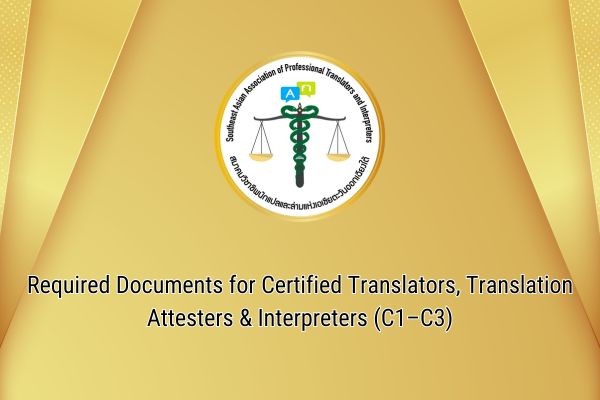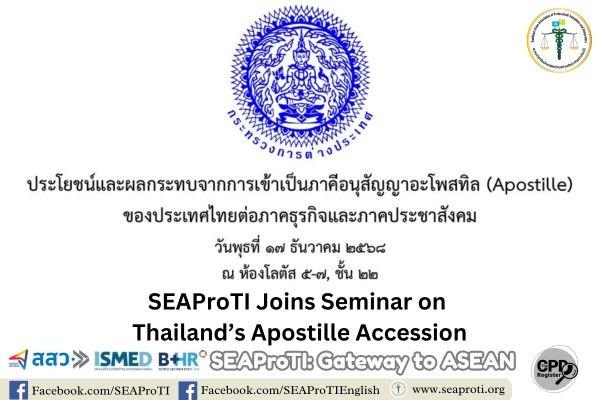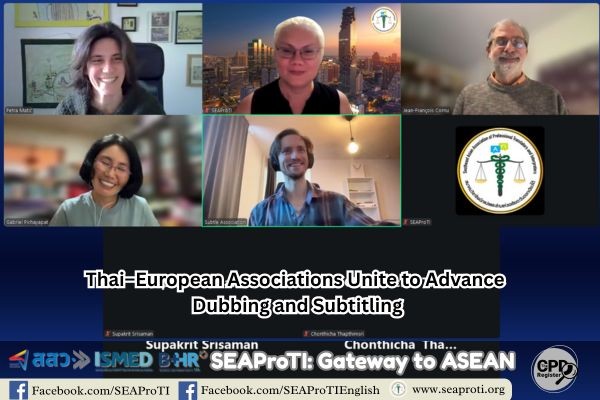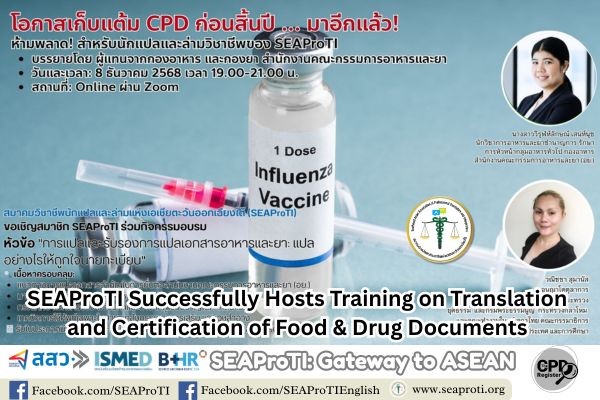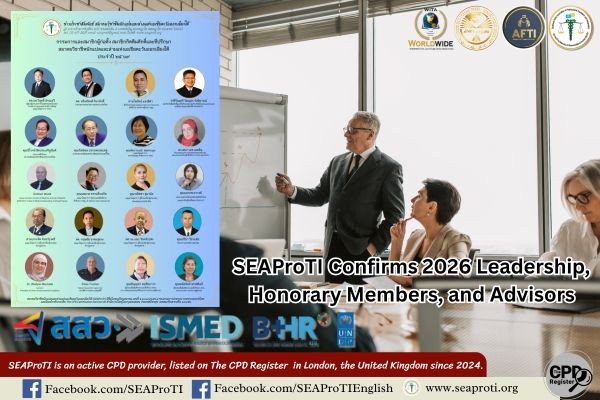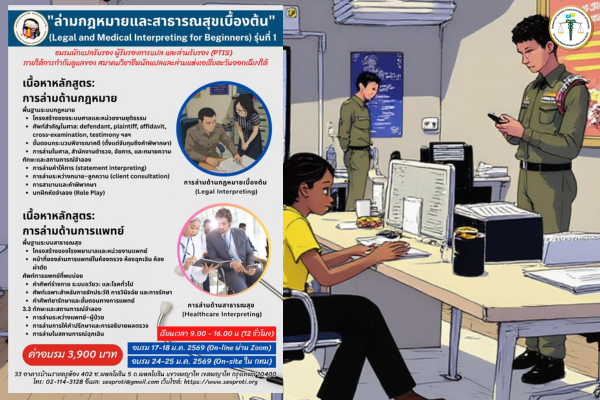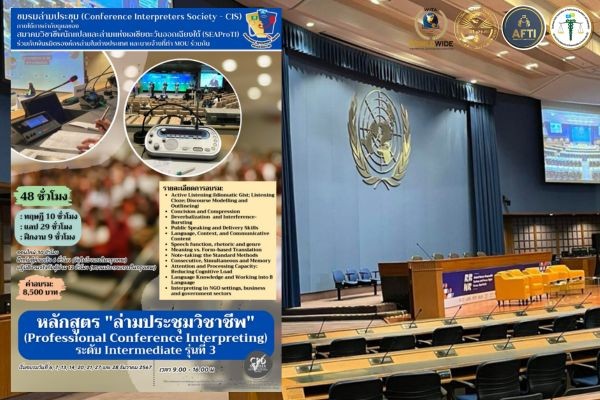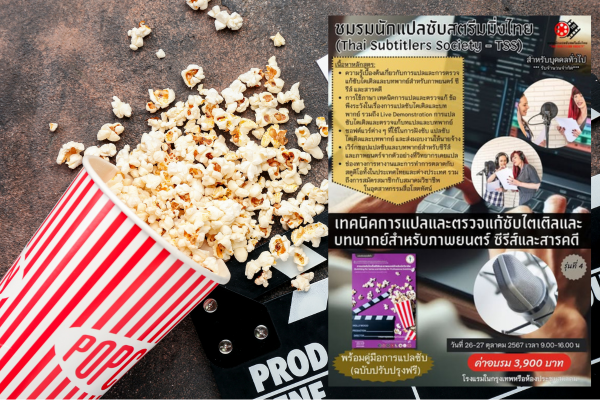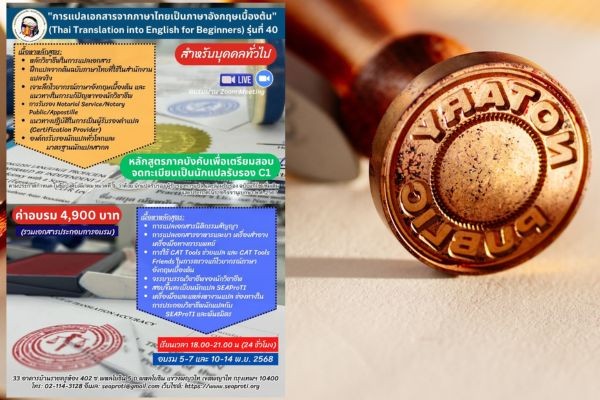The Role of Medical Interpreters:
Experiences and Insights from “Mike The Interpreter” on the International Stage
Interpretation and translation in medical contexts play a crucial role in bridging linguistic and cultural gaps, ultimately improving health outcomes for Limited English Proficient (LEP) patients (Flores, 2005). In the The Invisible Profession podcast hosted by Linguava Interpretations, Mike LeMay—widely known as “Mike The Interpreter” and the face of #hotsauceinterpreters—shared his career journey and valuable insights for the interpreting profession.
An Unexpected Path to Interpreting
LeMay grew up in a bilingual family in Quebec, Canada. His mother, who is deaf, required him to act as her voice for household and official communications from a very young age. This phenomenon, widely recognized in academic literature as “Child Language Brokering,” involves children interpreting for family members (Orellana, 2009). LeMay later volunteered as an interpreter at his church without formal training, discovering his natural aptitude for the profession through consecutive interpreting in religious services.
Using Social Media for Professional Networking
LeMay explained how Instagram became his primary platform for networking with interpreters worldwide. He created the WhatsApp group Hotsauce Interpreters, which today has more than 9,000 associated posts under the hashtag #hotsauceinterpreters. His experience highlights the evolving role of digital networking in professional interpreting communities (Hutchins & Rowe, 2012).
Challenges and Skill Development
LeMay shared a particularly difficult moment early in his career, when he was replaced mid-conference for misusing terminology while interpreting at a high-level corporate event. Though devastated at the time, he used the experience to reflect and improve. He emphasized that interpreters must learn to manage both stress and “Imposter Syndrome”—the internal experience of believing oneself to be inadequate despite evident success (Clance & Imes, 1978).
LeMay stressed the importance of maintaining calm under pressure. According to his experience, dwelling on missed words only worsens the cognitive overload and disrupts the flow of interpretation. His advice aligns with Gile’s (2009) Effort Models, which identify cognitive load management as essential in simultaneous interpreting.
Advice for Aspiring Interpreters
LeMay believes that simultaneous interpreting is cognitively less demanding than consecutive interpreting because it allows interpreters to begin rendering speech immediately without note-taking delays. However, he acknowledged that opinions differ. He recommended using shadowing or mirroring exercises, such as interpreting along with radio broadcasts or YouTube videos, as effective training methods (Setton & Dawrant, 2016).
He also noted the personality differences between interpreters and translators: interpreters often exhibit extroverted, dynamic behaviors while translators tend to be more reserved and introverted, which is consistent with observations at industry events.
Conclusion
Mike LeMay’s career illustrates the combination of personal experience, continuous learning, digital networking, and specialized skill development necessary for success in interpreting. His journey offers valuable lessons for interpreters working in healthcare, conference, and community settings, where effective communication for LEP communities remains a critical professional and ethical responsibility.
References
Clance, P. R., & Imes, S. A. (1978). The imposter phenomenon in high achieving women: Dynamics and therapeutic intervention. Psychotherapy: Theory, Research & Practice, 15(3), 241–247. https://doi.org/10.1037/h0086006
Flores, G. (2005). The impact of medical interpreter services on the quality of health care: A systematic review. Medical Care Research and Review, 62(3), 255–299. https://doi.org/10.1177/1077558705275416
Gile, D. (2009). Basic concepts and models for interpreter and translator training (Rev. ed.). John Benjamins Publishing.
Hutchins, B., & Rowe, D. (2012). Sport beyond television: The internet, digital media and the rise of networked media sport. Routledge.
Orellana, M. F. (2009). Translating childhoods: Immigrant youth, language, and culture. Rutgers University Press.
Setton, R., & Dawrant, A. (2016). Conference interpreting: A trainer’s guide. John Benjamins Publishing.
SEAProTI’s certified translators, translation certification providers, and certified interpreters:
The Southeast Asian Association of Professional Translators and Interpreters (SEAProTI) has officially announced the criteria and qualifications for individuals to register as “Certified Translators,” “Translation Certification Providers,” and “Certified Interpreters” under the association’s regulations. These guidelines are detailed in Sections 9 and 10 of the Royal Thai Government Gazette, issued by the Secretariat of the Cabinet under the Office of the Prime Minister of the Kingdom of Thailand, dated July 25, 2024, Volume 141, Part 66 Ng, Page 100.
To read the full publication, visit: the Royal Thai Government Gazette
บทบาทของล่ามทางการแพทย์: ประสบการณ์และข้อคิดจาก “Mike The Interpreter” บนเวทีระดับนานาชาติ
การแปลและการล่ามในบริบททางการแพทย์ถือเป็นองค์ประกอบสำคัญที่ช่วยลดช่องว่างด้านภาษาและวัฒนธรรม อันส่งผลต่อผลลัพธ์ด้านสุขภาพของผู้ป่วยที่มีความสามารถในการใช้ภาษาอังกฤษจำกัด (Limited English Proficient; LEP) (Flores, 2005) พอดแคสต์ The Invisible Profession ซึ่งดำเนินรายการโดย Linguava Interpretations ได้สัมภาษณ์ Mike LeMay หรือที่รู้จักกันในนาม “Mike The Interpreter” ผู้มีชื่อเสียงจากแฮชแท็ก #hotsauceinterpreters เพื่อแบ่งปันประสบการณ์และแนวทางการเติบโตในสายอาชีพล่าม
เส้นทางสู่การเป็นล่ามอย่างไม่คาดคิด
LeMay เติบโตในครอบครัวสองภาษาในควิเบก ประเทศแคนาดา โดยมีแม่เป็นผู้พิการทางการได้ยิน จึงต้องทำหน้าที่สื่อสารกับหน่วยงานต่าง ๆ ตั้งแต่ยังเด็ก ซึ่งเป็นปรากฏการณ์ที่รู้จักในวงวิชาการว่า “Child Language Brokering” หรือการทำหน้าที่ล่ามตั้งแต่วัยเยาว์ (Orellana, 2009) ภายหลัง LeMay เริ่มต้นการเป็นล่ามโดยไม่ได้รับการฝึกฝนอย่างเป็นทางการในงานศาสนจักร เขาพบว่าความสามารถในการจับใจความและแปลได้อย่างรวดเร็วเป็นทักษะที่มีอยู่โดยธรรมชาติ
การใช้สื่อสังคมออนไลน์ในการสร้างเครือข่าย
LeMay กล่าวถึงการใช้ Instagram เป็นเครื่องมือหลักในการสร้างเครือข่ายกับล่ามทั่วโลก โดยมีการสร้างกลุ่ม WhatsApp เพื่อแลกเปลี่ยนความรู้และโอกาสการทำงาน จนปัจจุบันแฮชแท็ก #hotsauceinterpreters มียอดโพสต์มากกว่า 9,000 รายการ ซึ่งสะท้อนถึงการเปลี่ยนแปลงรูปแบบการสร้างเครือข่ายในยุคดิจิทัล (Hutchins & Rowe, 2012)
ความท้าทายและการพัฒนาทักษะ
LeMay ยกตัวอย่างเหตุการณ์ความผิดพลาดครั้งใหญ่ในการแปลสดบนเวทีระดับสูงที่มีผู้บริหารและบุคคลสำคัญระดับประเทศเข้าร่วม โดยถูกเปลี่ยนตัวออกกลางคันเนื่องจากใช้คำศัพท์ผิดพลาด อย่างไรก็ตาม LeMay ได้นำประสบการณ์ดังกล่าวมาเป็นแรงผลักดันในการพัฒนาความสามารถต่อไป และชี้ให้เห็นว่าล่ามต้องสามารถจัดการกับความเครียดและ “Imposter Syndrome” หรือความรู้สึกไม่มั่นใจในความสามารถของตนเองได้ (Clance & Imes, 1978)
LeMay เน้นย้ำว่าการเป็นล่ามต้องมี “การรักษาความสงบ” แม้จะพลาดหรือหลุดรายละเอียดบางส่วน โดยแนะนำให้ล่ามตั้งเป้าหมายที่การสื่อความหมายโดยรวม แทนที่จะพยายามไล่ตามเนื้อหาที่พลาดไป ซึ่งตรงกับแนวคิดของ Gile (2009) ที่ชี้ว่าการจัดการภาระทางปัญญา (Cognitive Load Management) เป็นหัวใจของการล่ามแบบพร้อมพูด (simultaneous interpreting)
คำแนะนำสำหรับล่ามรุ่นใหม่
LeMay เชื่อว่าการล่ามแบบพร้อมพูดมีความท้าทายน้อยกว่าการล่ามแบบถ่ายทอดข้อความ (consecutive interpreting) เนื่องจากไม่ต้องจดบันทึกหรือรอการหยุดพูด อย่างไรก็ตาม การฝึกฝนด้วยเทคนิค shadowing หรือ mirroring โดยการฟังและพูดตามสื่อเสียง เช่น รายการวิทยุหรือวิดีโอ เป็นวิธีที่มีประสิทธิภาพในการฝึกความสามารถด้านนี้ (Setton & Dawrant, 2016)
LeMay ทิ้งท้ายว่าอาชีพล่ามเป็นเส้นทางที่มีทั้งช่วงเวลาประสบความสำเร็จและช่วงเวลาที่ล้มเหลว ดังนั้นจึงต้องมีความแข็งแกร่งทางอารมณ์ และกล้าที่จะเปิดรับความท้าทายใหม่ ๆ เพื่อเพิ่มโอกาสในอาชีพ
สรุป
บทสัมภาษณ์ของ Mike LeMay เป็นตัวอย่างที่ดีของการผสานประสบการณ์ส่วนตัวกับการเรียนรู้ตลอดชีวิต การสร้างเครือข่ายด้วยสื่อดิจิทัล และการพัฒนาทักษะเฉพาะตัวในสายอาชีพล่าม เพื่อส่งเสริมผลลัพธ์ด้านสุขภาพและคุณภาพการสื่อสารในระบบสาธารณสุขสำหรับชุมชนที่มีข้อจำกัดด้านภาษา
เอกสารอ้างอิง
Clance, P. R., & Imes, S. A. (1978). The imposter phenomenon in high achieving women: Dynamics and therapeutic intervention. Psychotherapy: Theory, Research & Practice, 15(3), 241–247. https://doi.org/10.1037/h0086006
Flores, G. (2005). The impact of medical interpreter services on the quality of health care: A systematic review. Medical Care Research and Review, 62(3), 255–299. https://doi.org/10.1177/1077558705275416
Gile, D. (2009). Basic concepts and models for interpreter and translator training (Revised edition). John Benjamins Publishing.
Hutchins, B., & Rowe, D. (2012). Sport beyond television: The internet, digital media and the rise of networked media sport. Routledge.
Orellana, M. F. (2009). Translating childhoods: Immigrant youth, language, and culture. Rutgers University Press.
Setton, R., & Dawrant, A. (2016). Conference interpreting: A trainer’s guide. John Benjamins Publishing.
เกี่ยวกับนักแปลรับรอง ผู้รับรองการแปล และล่ามรับรองของสมาคมวิชาชีพนักแปลและล่ามแห่งเอเชียตะวันออกเฉียงใต้
สมาคมวิชาชีพนักแปลและล่ามแห่งเอเชียตะวันออกเฉียงใต้ (SEAProTI) ได้ประกาศหลักเกณฑ์และคุณสมบัติผู้ที่ขึ้นทะเบียนเป็น “นักแปลรับรอง (Certified Translators) และผู้รับรองการแปล (Translation Certification Providers) และล่ามรับรอง (Certified Interpreters)” ของสมาคม หมวดที่ 9 และหมวดที่ 10 ในราชกิจจานุเบกษา ของสำนักเลขาธิการคณะรัฐมนตรี ในสำนักนายกรัฐมนตรี แห่งราชอาณาจักรไทย ลงวันที่ 25 ก.ค. 2567 เล่มที่ 141 ตอนที่ 66 ง หน้า 100 อ่านฉบับเต็มได้ที่: นักแปลรับรอง ผู้รับรองการแปล และล่ามรับรอง
